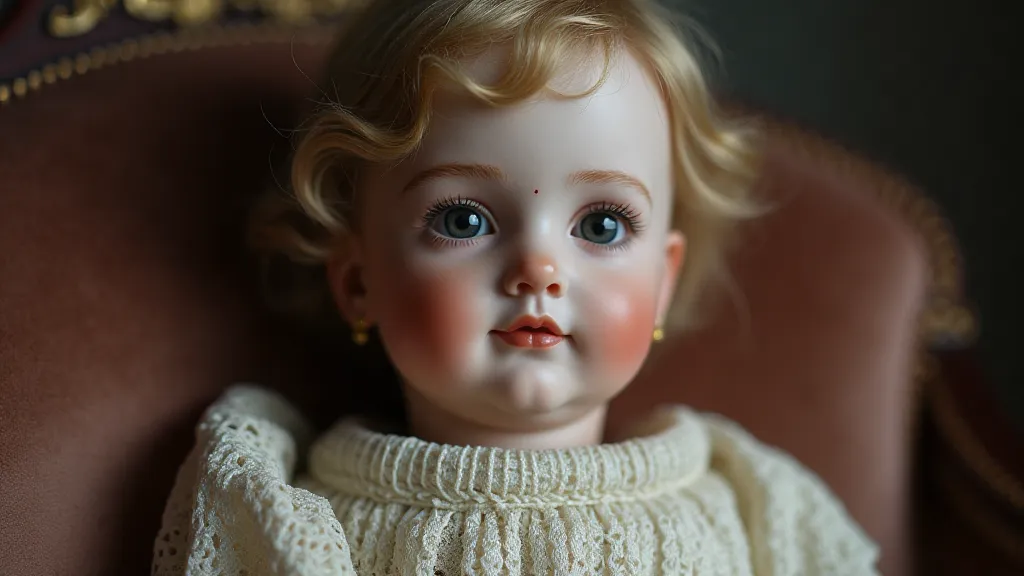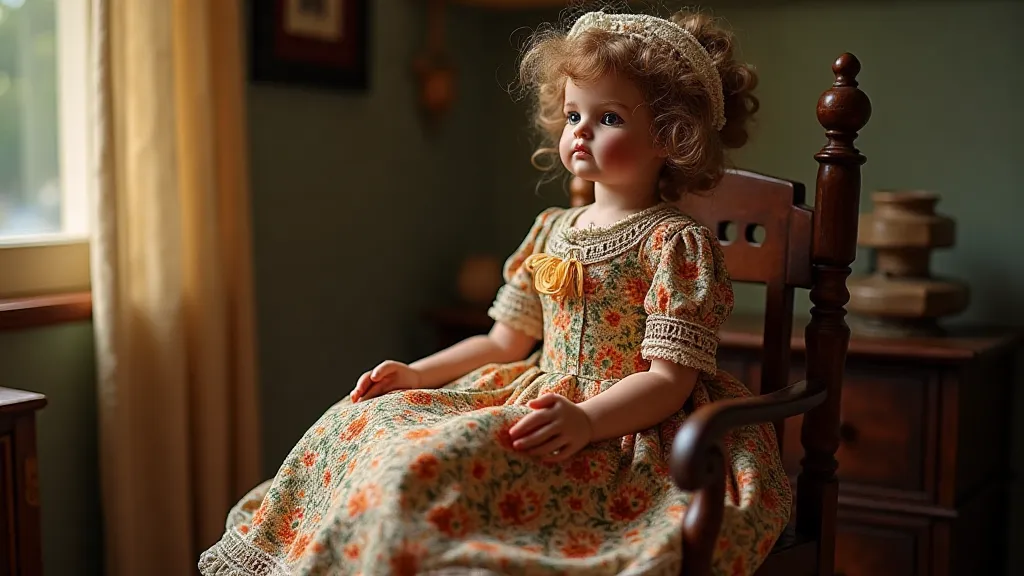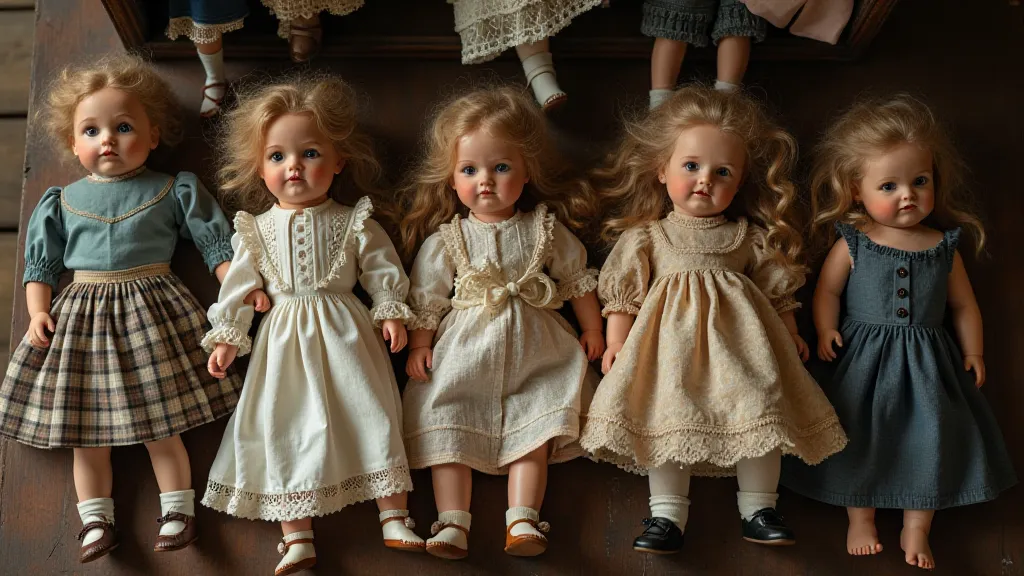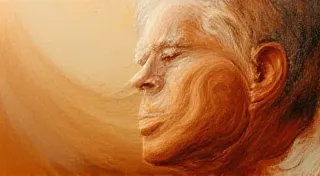Echoes of Childhood: The Societal Tapestry Woven into Victorian Dolls
There's a peculiar magic to holding an antique doll. It's not merely the feel of porcelain skin or the rustle of aged fabric. It's the sense of connection to a child long gone, to a time vastly different from our own, yet bound to us through the enduring thread of childhood. My own fascination began with a single, unassuming doll found tucked away in my grandmother’s attic – a bisque-headed beauty with faded blue eyes and a dress the colour of dried roses. Holding her felt like grasping a fragment of a forgotten dream, a silent echo of laughter and play.
Victorian dolls, in particular, offer more than a nostalgic pang. They're intricate time capsules, reflecting the complex societal landscape of their era. The Victorian period (roughly 1837-1901) was a time of rapid industrialization, burgeoning middle class, and rigidly defined social hierarchies. These nuances weren’t merely backdrop; they were actively woven into the design, manufacture, and play surrounding these cherished toys.

Representations of Gender Roles
For a Victorian girl, a doll was more than a plaything; it was an exercise in maternal instinct and a training ground for future wifely duties. Dolls were consistently depicted in domestic roles. They were dressed in miniature versions of adult women's attire – elaborate gowns, bonnets, and gloves – reinforcing the expectation that a woman’s sphere was the home and her purpose was nurturing and managing a household. The elaborate doll furniture – tiny tables, chairs, and even miniature kitchens – further cemented this role. Imagine a child meticulously arranging a tea party for her dolls, unconsciously rehearsing the social graces and domestic skills expected of her later in life.
Consider the difference in representation compared to toys for boys. While boys received soldiers, trains, and other action-oriented playthings, dolls for girls were deliberately passive and reliant on the child's imagination to provide them with stories and purpose. This wasn't malicious; it reflected the societal belief that girls should be quiet, obedient, and focused on pleasing others. While this can seem restrictive to modern eyes, understanding this context is crucial to appreciating the true significance of these antique dolls.
Class and Material Possessions
The type of doll a child owned also spoke volumes about their family's social standing. During the early Victorian era, dolls were largely handmade, incredibly expensive, and a privilege reserved for the wealthy. These dolls were often crafted from bisque porcelain, a material renowned for its delicate beauty and relatively realistic appearance. The detail was extraordinary; some even had articulated limbs, allowing for a wider range of poses and play options. These dolls were often dressed in silk or velvet, mimicking the fabrics worn by fashionable ladies.
As mass production techniques developed in the mid-to-late 19th century, dolls became more affordable and accessible to the growing middle class. Compstedt dolls, made from cheaper materials like papier-mâché and cloth, became popular. While these dolls lacked the refinement of their porcelain counterparts, they still provided children with companionship and sparked their imaginations.
The subtle differences in quality and materials served as tangible markers of social class. A child playing with a luxurious bisque doll knew their family possessed a certain level of wealth and status, while a child with a cloth doll understood their place in a more modest social order. Even the accessories, like miniature silver spoons or elaborate parasols, were indicative of a family's ability to afford extras.
Symbolism in Clothing and Accessories
Beyond the broader societal messages, individual details within a doll’s appearance carried symbolic weight. The colour of a doll’s dress, for example, often held specific meanings. White, for instance, represented purity and innocence, a desirable quality for young girls. Black, while associated with mourning, could also signify sophistication and elegance. Floral patterns were popular, with roses symbolizing love and beauty, and violets representing modesty and faithfulness.

Hair styling also played a vital role. Elaborate braids, curls, and ringlets were painstakingly recreated on doll’s wigs, mirroring the hairstyles of fashionable women. The presence or absence of a bonnet or hat further reflected social conventions. A bonnet indicated propriety and modesty, while a more elaborate hat might signify a more fashionable or affluent family.
Even the eyes of a doll could speak volumes. Early porcelain dolls often had hand-painted eyes, each unique and possessing a slightly different expression. These eyes, though simplistic by today's standards, possessed an undeniable charm and seemed to hold a silent story. Later, mass-produced dolls began to feature more standardized eyes, but even these variations can provide clues to a doll’s age and origin.
Collecting and Preservation: A Respectful Approach
For collectors like myself, these antique dolls are more than just valuable objects; they are tangible links to a bygone era. Approaching the collection and preservation of these dolls requires a deep respect for their history and significance. While restoration can be necessary to stabilize fragile dolls, it's crucial to avoid excessive alterations that might compromise their authenticity. A small repair can be a testament to care, but an overzealous attempt to “perfect” a doll can diminish its historical value.
Researching a doll's maker, origins, and potential provenance adds another layer of appreciation. Knowing the factory that produced the doll, the artist who painted its features, or the family who originally owned it provides invaluable context and enhances the overall experience.

A Legacy of Childhood
The echoes of Victorian dolls resonate far beyond their physical form. They offer a poignant glimpse into a time when toys were more than just entertainment; they were tools for socialization, reflections of societal values, and cherished symbols of childhood. Holding one of these dolls today, I can almost hear the laughter of a girl long gone, playing a game of make-believe, unaware of the historical significance she held in her hands. And for that, they remain not just collectible dolls, but precious windows into a past that continues to shape our present.





